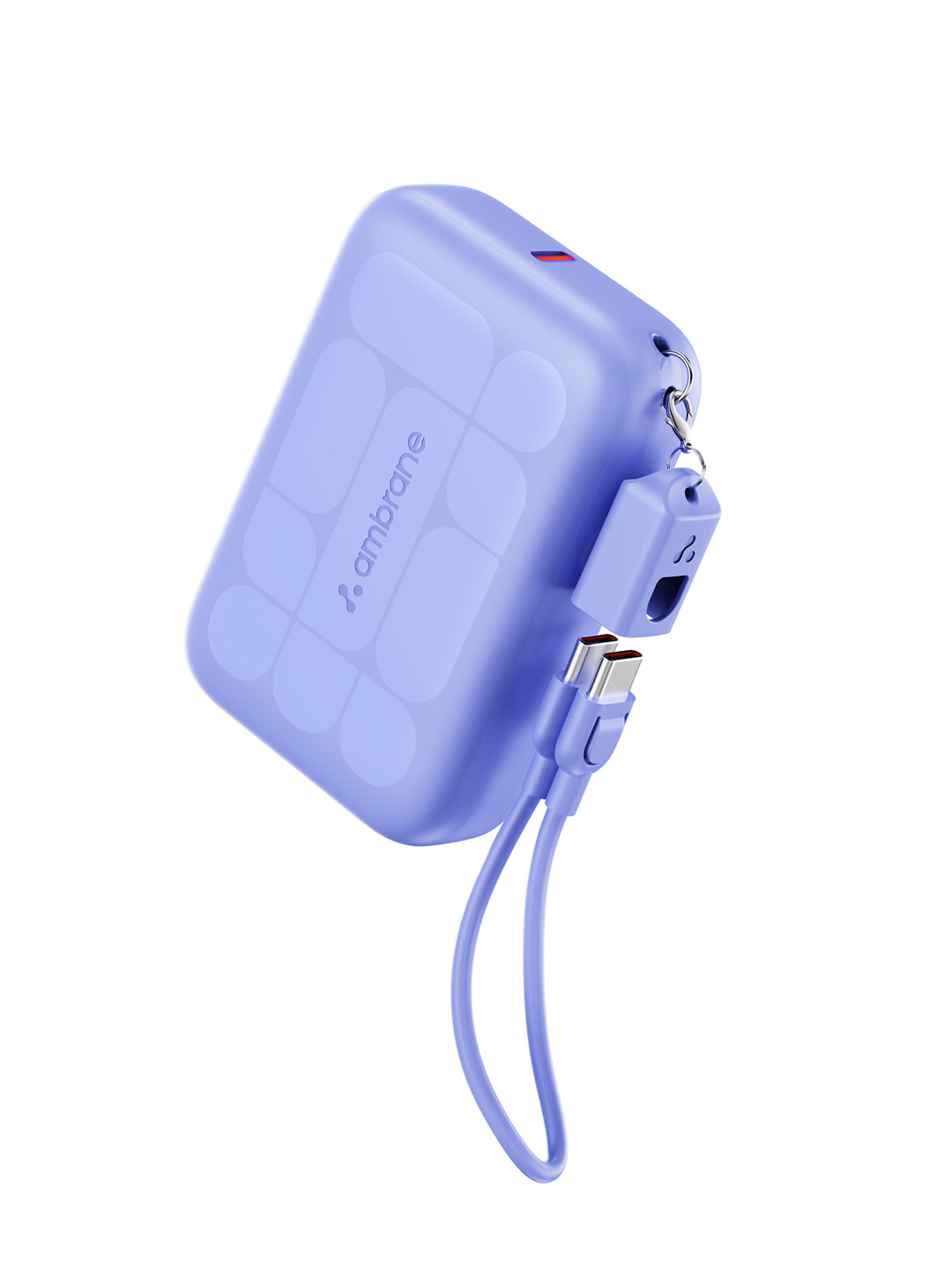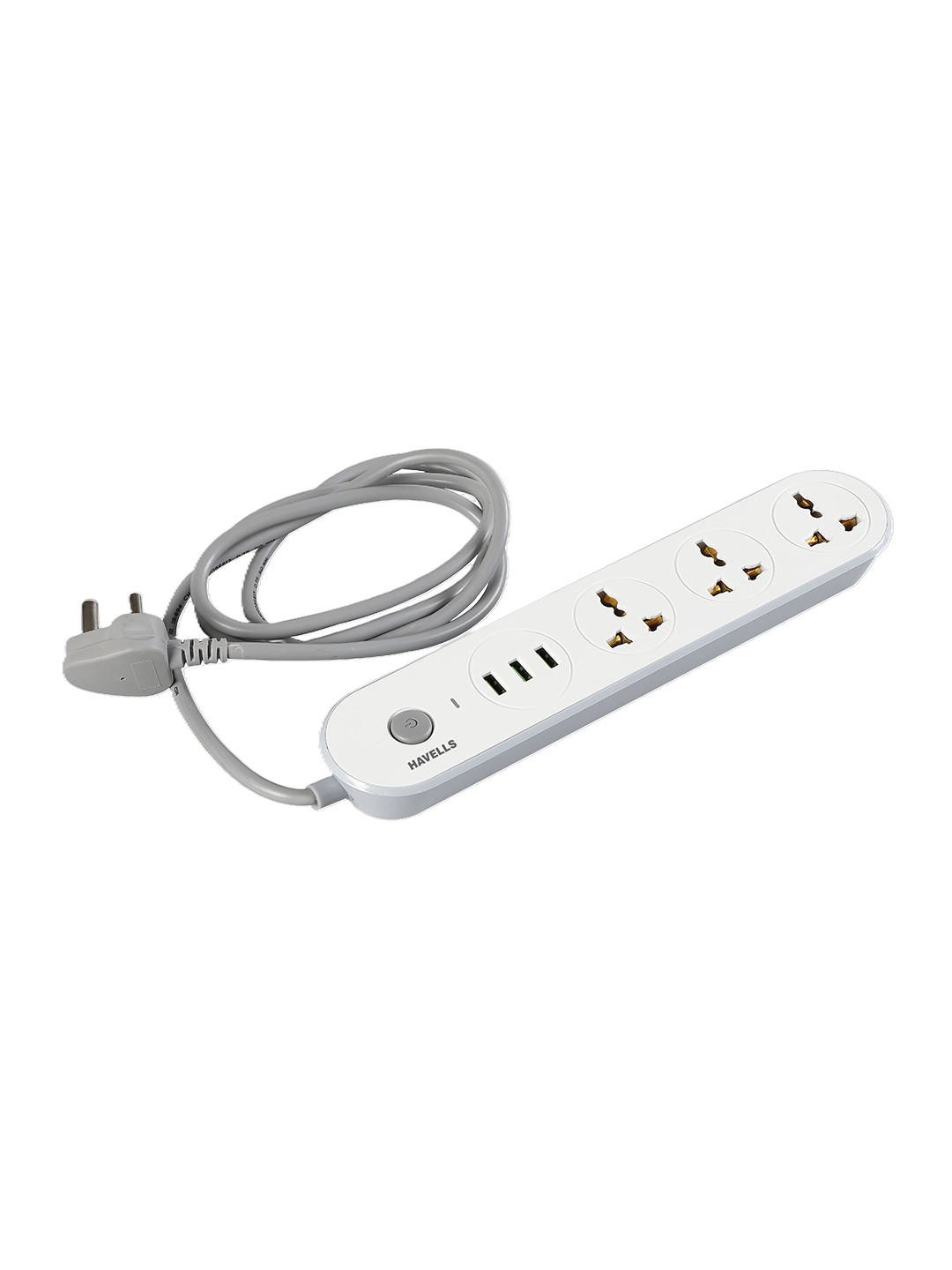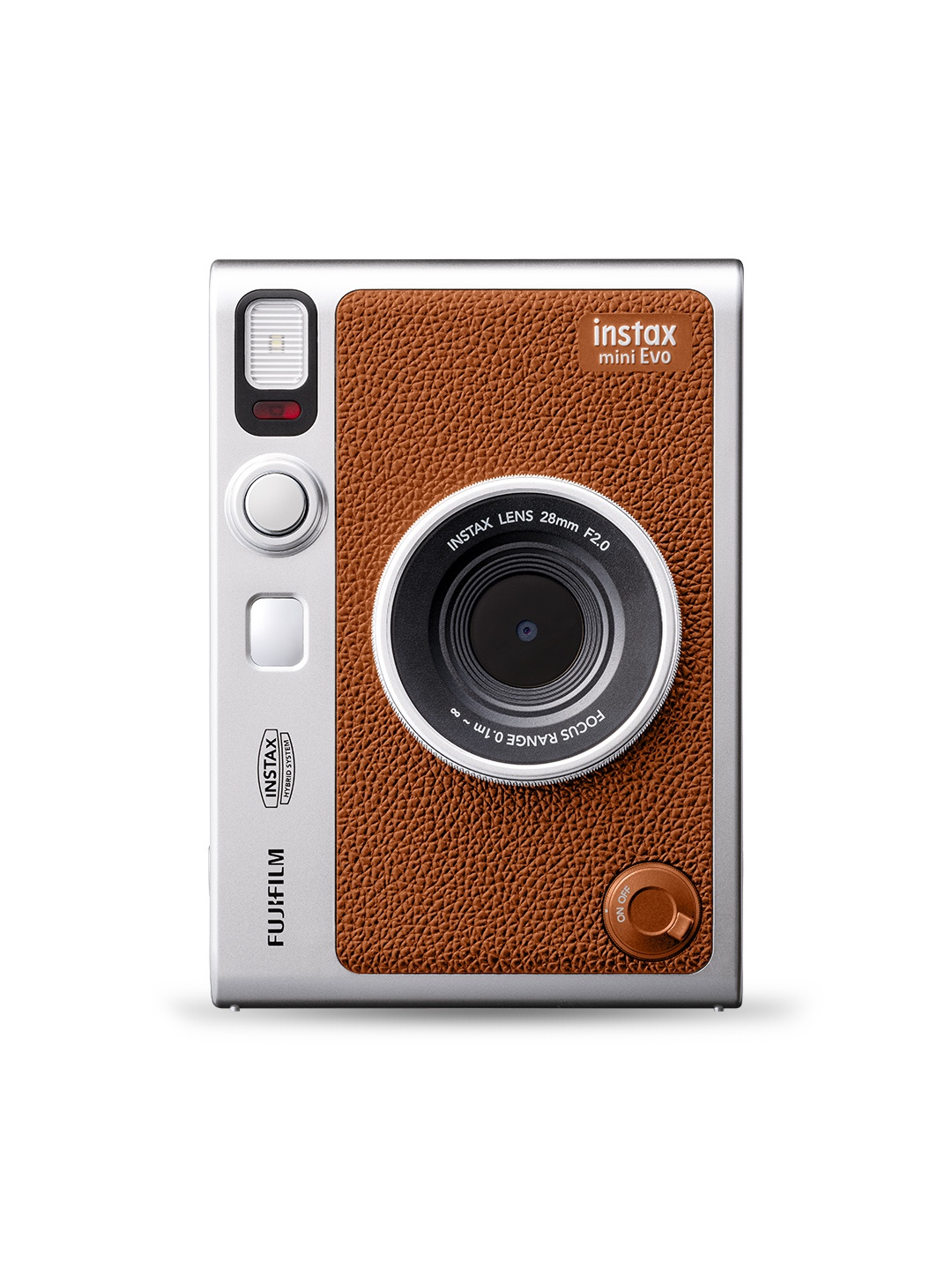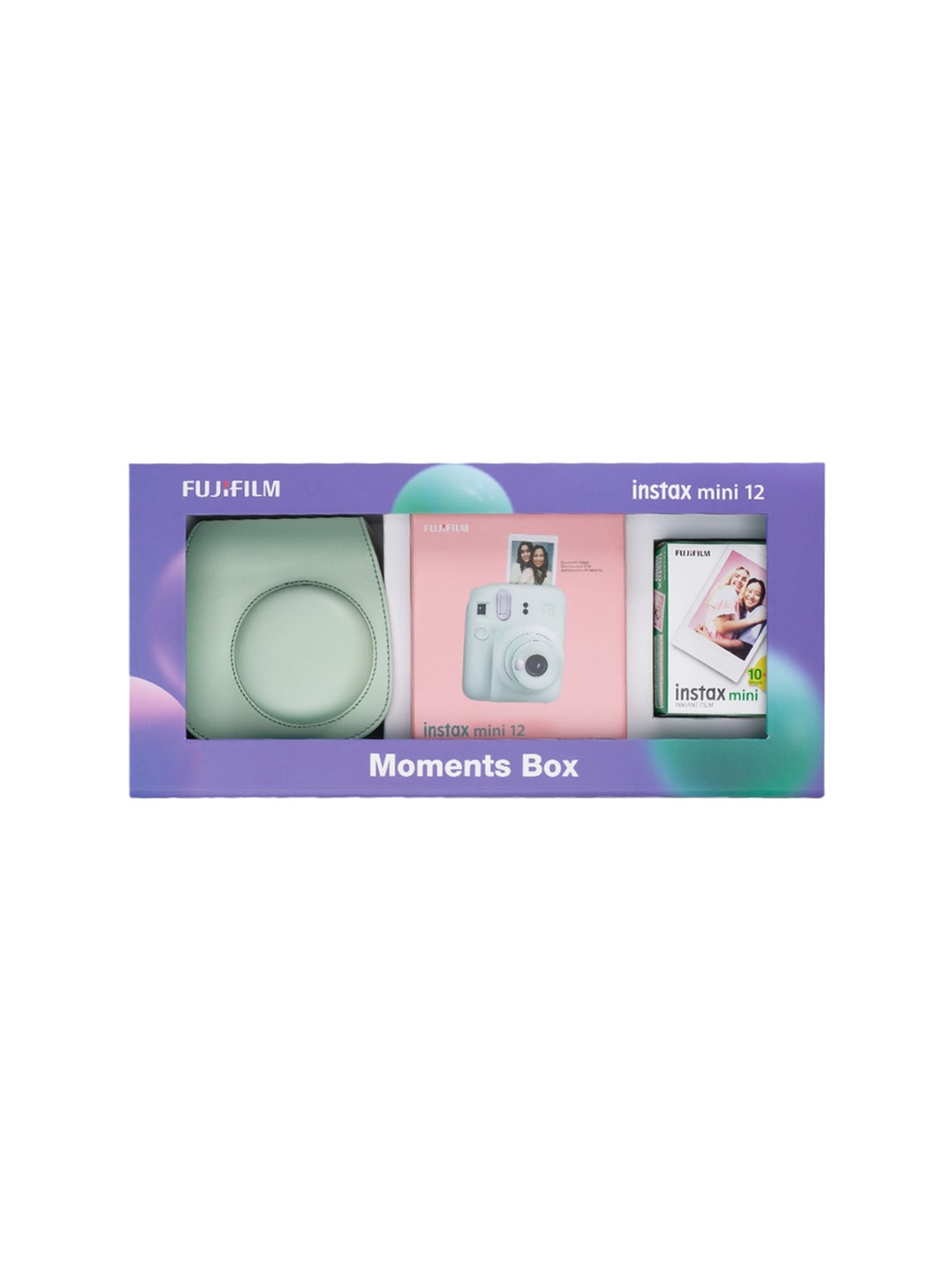Bluetooth Speaker Sounds Flat Indoors? Know Why And How To Fix It
Ever played your favourite track on a Bluetooth speaker indoors, only to find it sounding dull and lifeless? You are not alone. Let us uncover why that happens and how to bring back that lively, punchy sound, right where you are.

Bluetooth Speaker Sound Problems Indoors? 10 Proven Ways To Get Rich, Clear Audio.
Bluetooth speakers are little marvels of convenience. Compact electronics, wireless and powerful, they make music a part of our everyday rhythm. Yet, there's a common complaint, “It sounds better outside!” Indoors, the same track often loses its charm. The bass feels shallow, the vocals blur, and everything sounds strangely flat. But before blaming your speaker, let's decode the real culprits. The good news? It's fixable.
If your Bluetooth speaker sounds flat, check your firmware, device settings and our tips today to enhance sound quality and enjoy optimal indoor listening instantly.

Here's a deep yet easy-to-follow look at why your Bluetooth speaker sounds flat indoors, and how you can make it find its proper voice again.; Photo Credit: Pexels
1. Room Acoustics: The Invisible Sound Thief
Sound behaves differently indoors because of one simple thing, reflections. When music plays in a closed space, sound waves bounce off walls, ceilings, and floors. This constant reflection can create a muddy or hollow effect, making your speaker sound less lively.
Think of it like throwing a ball in an empty room, it keeps rebounding unpredictably. That's what happens with sound. The waves interfere with each other, boosting some frequencies while cancelling others.
Fix it by introducing soft furnishings, curtains, cushions, rugs, or wall art. These absorb stray sound waves and prevent echoes. Avoid placing your speaker in the middle of an empty hall or next to a bare wall. The more “lived-in” your room feels, the warmer and fuller the sound becomes.
A cosy room is not just visually comforting, it's musically friendly too.
2. The Placement Puzzle: Where You Keep It Matters
Speaker placement is like seasoning in cooking, it can make or break the flavour. Many people unknowingly keep their Bluetooth speaker near a corner or flat against a wall. While it might look tidy, acoustically, it's a recipe for disaster.
Corners trap bass frequencies, making the low-end either too boomy or too weak. Walls reflect mids and highs, dulling the overall sound. Instead, place the speaker at ear level, about half a metre away from any surface.
Try experimenting, move it slightly, tilt it, and notice how the sound changes. Even a small shift can dramatically improve clarity. Some Bluetooth speakers come with built-in equaliser settings. Use them wisely. A little tuning goes a long way in breathing life back into your music.
Also Read: How To Pick The Best Portable Speakers For Home That Do Not Distort Audio At High Volume
3. The Material Factor: What Your Room Is Made Of
Sound interacts with surfaces. A room with glass, tiles, or marble floors reflects sound harshly, making it echo or feel sharp. In contrast, wood, fabric, and carpeted rooms absorb and soften sound, giving it warmth.
That's why your speaker sounds better in your bedroom than in a tiled kitchen or bathroom. Hard surfaces may look elegant but aren't ideal for acoustic comfort.
If you can't change the room, adjust what you can, spread a rug, hang thick curtains, or add a bookshelf. Even simple tweaks can tame unwanted reflections and balance the tone.
A well-treated space doesn't need to be a studio; it just needs a touch of thoughtfulness.
4. Bluetooth Compression: The Hidden Culprit
Ever wondered why the same track sounds richer when plugged in directly compared to Bluetooth playback? That's because of compression. Bluetooth transmits audio wirelessly by compressing the file, trimming parts of the sound that the average ear may not notice.
Indoors, where sound reflections already muddle clarity, this compression becomes more noticeable. Details get lost, especially in bass-heavy or high-frequency tracks.
To fix it, opt for speakers that support high-quality codecs like aptX, AAC, or LDAC. These preserve more detail during transmission. Also, play high-quality audio files instead of heavily compressed ones. That ₹10 difference in subscription or file quality can dramatically change your experience.
Your playlist deserves better than watered-down sound.

Bluetooth Speaker Sounds Flat Indoors? Know Why And How To Fix It; Photo Credit: Pexels
5. Speaker Size and Design: Not All Are Built Alike
A pocket-sized speaker might be great for travel but can't defy physics. Small drivers produce limited bass and volume, especially indoors where low frequencies need room to breathe.
If your speaker sounds flat, it might simply be working beyond its capacity. Larger speakers or those with passive radiators tend to deliver fuller sound indoors. Look for ones with dual drivers or 360° audio output for balanced dispersion.
A sleek design doesn't always mean great acoustics. When buying, listen before you leap. Some budget models under ₹3,000 sound surprisingly rich, while others double the price struggle indoors. It's all about design efficiency, not just brand names.
6. The Power of Positioning: Height and Direction
Height matters, more than most realise. Placing your speaker too low on a table or too high on a shelf can distort sound balance. The best position? Roughly at ear level, angled slightly towards your main listening spot.
Also, avoid placing it inside shelves or behind decorative items. Sound needs free space to travel. Enclosed areas trap and distort it.
For larger gatherings, elevate your speaker slightly and tilt it upward for even sound spread. For personal listening, closer placement ensures detail and intimacy.
A simple repositioning trick can turn a dull speaker into a performer. Sometimes, you don't need new gear, just new placement.
7. Equaliser Settings: The Unsung Hero of Audio Tweaks
Many people ignore the equaliser (EQ) in their phone or app. But this small feature can completely transform how your Bluetooth speaker sounds indoors.
If the sound feels flat, tweak the bass and treble slightly. Avoid maxing them out, subtle adjustments work better. For soft rooms, boost the highs a bit. For echo-prone spaces, reduce them.
Most streaming apps like Spotify, YouTube Music, or Apple Music allow EQ customisation. Experiment with presets like “Acoustic” or “Rock” to find one that complements your room's acoustics.
Think of EQ as the seasoning to your sonic recipe, balance is key. Once tuned right, even an average speaker can surprise you.

Bluetooth Speaker Sounds Flat Indoors? Know Why And How To Fix It; Photo Credit: Pexels
8. Battery Levels: The Silent Performance Killer
Few realise this, but low battery can affect sound performance. Many Bluetooth speakers reduce amplifier output or dynamic range when the battery dips below a certain level, conserving power.
The result? Flat, muffled audio that lacks punch.
Keep your speaker charged for optimal sound. Also, if you're using it while plugged in, ensure the power source is stable. Cheap adapters can cause interference or humming noises.
It's like expecting a marathon runner to perform on an empty stomach, charge it up, and the difference will be noticeable.
9. Software Updates and Firmware Tweaks
Modern Bluetooth speakers often come with firmware updates that enhance performance, connectivity, or EQ balance. Ignoring them can leave your device stuck with outdated tuning.
Check the companion app or brand website for updates. They're easy to install and often improve bass response, latency, or codec support.
Additionally, ensure your phone's Bluetooth version is compatible. Outdated versions may cause signal loss or weak data transfer. Sometimes, a quick update can restore the sparkle your sound once had.
Think of it as a regular health check-up for your speaker, small maintenance, big results.
10. The Human Factor: Expectations vs. Reality
Lastly, sometimes the issue isn't the speaker, it's our expectation. Outdoor settings let sound travel freely, adding natural ambience and space. Indoors, that openness disappears, making the same sound feel restrained.
Understanding this helps adjust perception. The goal isn't to chase outdoor sound indoors, but to make the most of the environment you have.
So, rather than blaming your speaker, embrace a bit of experimentation. Shift furniture, tweak EQ, adjust placement, and rediscover your music's warmth. After all, half the joy of sound lies in learning to shape it.
Products Related To This Article
1. Tribit Updated Version XSound Go Wireless Bluetooth 5.3 Speakers with Loud Stereo Sound
2. Mivi Play Bluetooth Speaker with 12 Hours Playtime
3. Mivi Roam 2 Bluetooth 5W Portable Speaker
4. ZEBRONICS AXON 100 Portable Party Bluetooth Speaker
5. boAt Aavante Bar 490 10W Signature Sound
6. JBL Go 3, Wireless Ultra Portable Bluetooth Speaker
7. Portronics SoundDrum 1 12W TWS Portable Bluetooth Speaker with Powerful Bass
A Bluetooth speaker sounding flat indoors isn't a flaw; it's physics at play. From room acoustics to placement and even battery levels, several tiny factors shape your listening experience.
By tuning your environment as much as your device, you can bring back that punchy, lively sound without spending a rupee more. Music deserves space to breathe, and with a few thoughtful tweaks, your room can become its perfect stage.
So, the next time your favourite tune sounds dull indoors, remember, it's not the speaker. It's the setup. Fix that, and let the beats do the talking.
Disclaimer: The images used in this article are for illustration purposes only. They may not be an exact representation of the products, categories, and brands listed in this article.

























